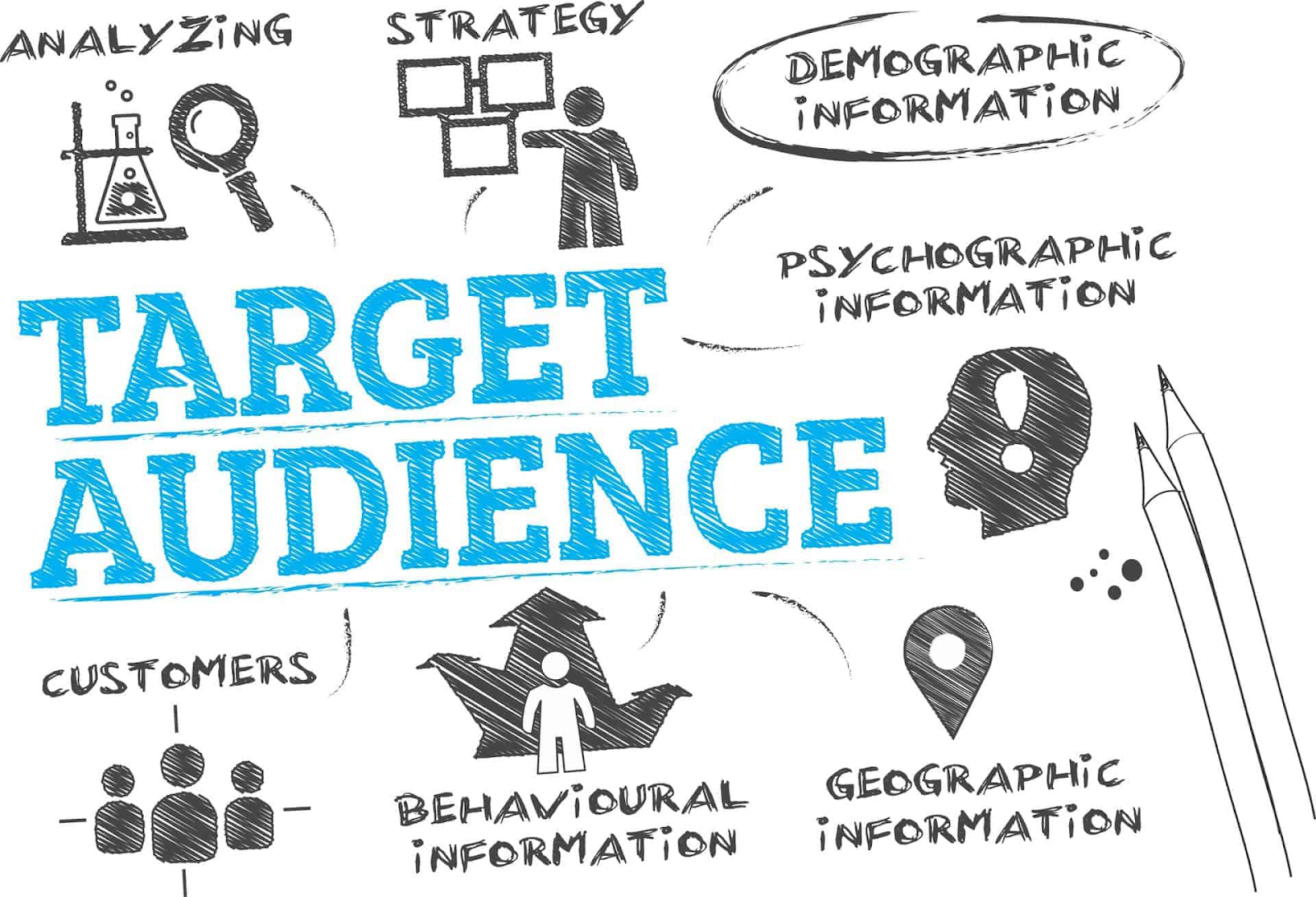How To Boost Employee Morale As A Leader
fig.01 Employee Morale
Boosting
employee morale is not just a fleeting concept or buzzword in today's dynamic
work environment; it's an essential aspect of organizational success. A
motivated and engaged workforce goes beyond mere satisfaction with their job
roles; it translates into heightened productivity, innovation, and a robust
commitment to the company's vision and goals. Leaders play a pivotal role in
fostering this positive culture, where every team member feels valued,
challenged, and aligned with the organization's core values.
In
a rapidly changing business landscape, employees seek more than just financial
incentives. They are driven by a sense of purpose, opportunities for growth,
recognition, well-being, and a strong connection with their team and leaders. A
thoughtful approach that integrates these elements can create an empowering
environment where individuals thrive and collectively contribute to the
company's success.
However,
creating such an environment isn't merely a one-off effort. It requires
sustained attention, empathy, strategic planning, and action. It means
understanding the unique needs of each team member while maintaining a cohesive
organizational direction. It's about nurturing individual talents and creating
a synergy that makes the whole team more robust than the sum of its parts. This
commitment to boosting morale is a leadership responsibility that, when
executed well, leads to remarkable outcomes for both employees and the
organization.
1.
Create a Positive Work Environment
Open Communication:
Open
communication fosters trust and collaboration. Encourage employees to share
their ideas, concerns, and feedback. Transparency from management helps
employees feel valued and included in the decision-making process. Leaders
should also be accessible, setting aside time for one-on-one conversations and
actively listening to employees’ needs.
Flexible Work Schedules:
The
modern workplace must recognize that life outside work affects overall
well-being. Offering flexible work schedules or remote working options
demonstrates understanding and trust. A balance between work and personal life
leads to increased job satisfaction, reduced stress, and ultimately higher
productivity.
2. Recognize and Reward Achievements
Timely Appreciation:
Recognition
does not always require grand gestures. Sometimes, a simple and timely
"thank you" can be highly motivating. Acknowledging achievements as
they occur, regardless of scale, creates a culture of appreciation and
motivates continued excellence.
Incentive Programs:
Tangible
rewards aligned with the company's values can further reinforce positive
behavior. Tailor incentives to what appeals to your team - whether bonuses,
extra vacation days, or team outings. It adds an extra layer of motivation and
shows that hard work pays off.
3. 3 Provide Opportunities for Growth and
Development
Training and Development:
Continuous
learning is key to personal and professional growth. Offer workshops, online
courses, or mentorship programs that cater to individual needs and career
goals. These opportunities promote skill enhancement and job satisfaction.
Career Pathways:
Clearly
defined career paths provide a roadmap for growth within the organization.
Transparent discussions about potential career moves, expectations, and support
needed can guide employees in their journey, ensuring alignment with company
goals.
4. 4 Encourage Team Collaboration
fig.05 Encourage Team Collaboration
Team-Building Activities:
Team
building fosters a sense of community and trust. Engage in regular activities
that promote collaboration and mutual respect. From team lunches to
collaborative projects, these interactions break down barriers and create a
more cohesive unit.
Cross-Functional Projects:
Encouraging
employees to work on cross-functional projects promotes a more integrated and
innovative work environment. It breaks down silos, encourages diverse thinking,
and leads to more innovative solutions to problems.
5. 5 Implement Well-Being Programs
Health and Wellness:
Healthy
employees are happier and more productive. Consider gym memberships, healthy
eating options at the workplace, or even on-site fitness classes. Investing in
the physical well-being of the team showcases care beyond the workplace.
Mental Health Support:
Mental
health is equally vital. Consider providing counseling services, mental health
days, or mindfulness programs. Such support can alleviate stress, boost morale,
and contribute to an overall positive work environment.
6. 6 Lead By Example
Show Empathy:
Understand
individual needs and personal circumstances. Empathetic leadership fosters
loyalty and respect. It helps in building deeper connections and understanding
between leaders and their teams.
Be Consistent:
Consistency
fosters trust. Leaders must align their words with actions. Regular
follow-through on promises and maintaining consistent behavior ensures that
trust is not broken.
7. 7 Solicit and Act on Feedback
Regular Check-Ins:
Regular
one-on-one meetings provide insights into individual concerns and challenges.
This personal connection allows leaders to understand employees deeper,
identifying opportunities for support and growth.
Anonymous Surveys:
Anonymity
encourages honesty. Use anonymous surveys to gain unbiased feedback. Acting on
these insights shows responsiveness and a willingness to adapt, which can
further boost morale and foster a positive working relationship.
Conclusion
Enhancing
employee morale is an ongoing commitment that involves multiple facets of
leadership and organizational culture. Leaders can create a vibrant and engaged
workplace by cultivating a positive environment, recognizing accomplishments,
nurturing growth, enhancing teamwork, focusing on well-being, leading with
integrity, and valuing feedback. Investing in these strategies leads to more
satisfied employees and translates into increased productivity, innovation, and
a robust brand reputation. As leaders, the power to inspire, motivate, and
create a flourishing workplace culture lies in our hands. It’s time to make it
a priority.










%20(1)%20(1).jpg)

































